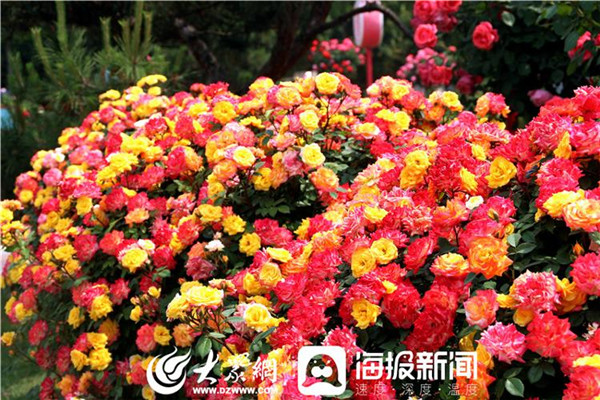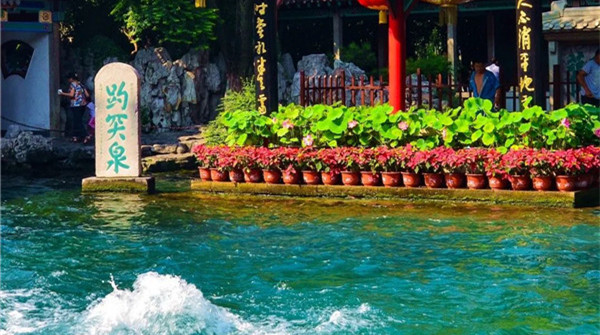Shandong revitalizes traditional handicrafts
Shandong province in East China is regarded as an important cradle of Chinese civilization, having generated a diverse range of civilizations, including refined and sophisticated artworks and handicrafts.
Yangjiabu woodcut New Year paintings, Yantai paper-cutting art, Linyi pancakes, and Zibo ceramics are representative traditional handicrafts from Shandong. In order to better promote and inherit intangible assets, the province has made significant efforts to support the innovative development of its rich traditional culture, which has aided not only in preservation and transmission, but also in the vitalization of the province's rural areas.
During this year's Spring Festival holiday, cities in Shandong organized an array of themed activities to bring intangible cultural heritage items back to life among residents, and attract more people to engage in the inheritance and preservation of the traditional art forms.
"The best way to inherit and preserve an intangible cultural heritage is to use them in daily life," said Sun Meihua, president of the Shandong Cultural Creative Design Industry Association.
Sun added that inheritors should introduce creative elements of traditional handicrafts, and promote them among the public.
Shandong is rich in intangible cultural heritage items. According to official data, eight items have been added to the Representative List of Humanity's Intangible Cultural Heritage. The province is home to 186 and 1,073 intangible cultural heritage items on the national and provincial lists, respectively, making it one of the most popular in the country.
Shandong will explore innovative ways to promote traditional handicrafts at home and abroad this year, according to the province's culture and tourism department, making them new calling cards for Shandong.

Yangjiabu village has been a production center of New Year paintings since the Ming Dynasty (1368-1644). [Photo/VCG]

 Nishan Forum on World Civilizations
Nishan Forum on World Civilizations Explore magnificent Yellow River culture in Shandong
Explore magnificent Yellow River culture in Shandong

